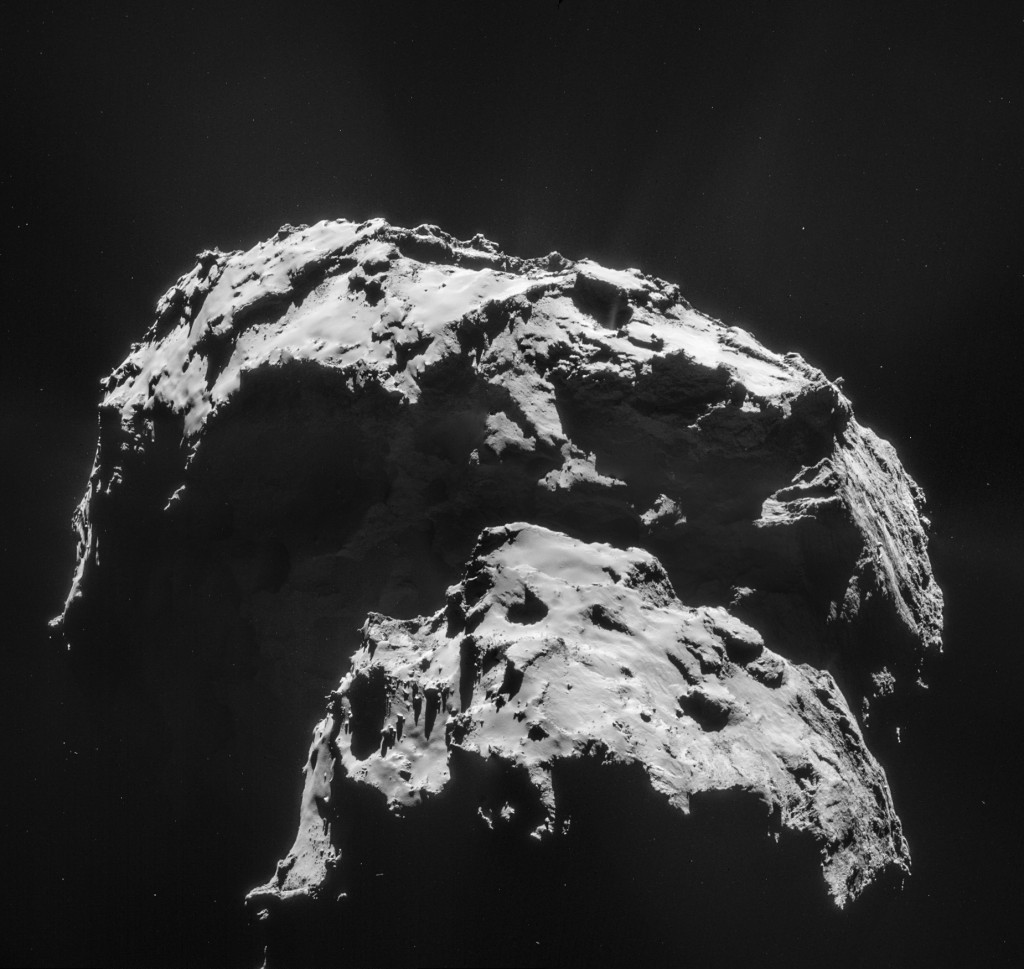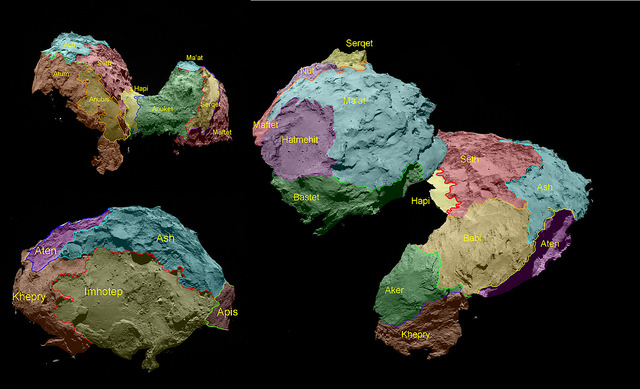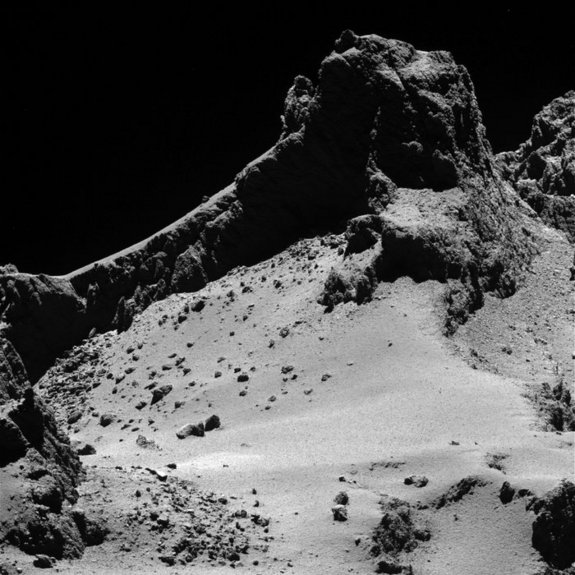 |
| The Dawn spacecraft observed Ceres for an hour on Jan. 13, 2015, from a distance of 238,000 miles (383,000 kilometers). A little more than half of its surface was observed at a resolution of 27 pixels. |
This BLOG entry is a bit lengthily so bare with me . That's why it took me so long to write this. I have put a bit of more lore into it.
2015 A SPACE ODYSSEY. This year is going to be a pivotal year for astro-science. Right now there could be major discoveries . On MARS , on a COMET , CERES and PLUTO. Between January and July the news is going to be filled with amazing discoveries regarding the nature of two bodies dubbed " dwarf planets" . In March, a NASA spacecraft will arrive there to begin the first close-up examination of a dwarf planet.It is not Pluto.
It is instead Ceres, 600 miles wide, the largest of the asteroids between Mars and Jupiter. “We’re going to reveal the fascinating details of a giant world of rock and ice,” said Marc Rayman, the chief engineer for NASA’s Dawn spacecraft. It will also examine Ceres’ composition. Over the next several weeks, Dawn will deliver increasingly better and better images of the dwarf planet, leading up to the spacecraft's capture into orbit around Ceres on March 6. The images will continue to improve as the spacecraft spirals closer to the surface during its 16-month study of the dwarf planet.The best images of Ceres so far were taken by NASA's Hubble Space Telescope in 2003 and 2004. This most recent images from Dawn, taken January 13, 2015, at about 80 percent of Hubble resolution, are not quite as sharp. But Dawn's images will surpass Hubble's resolution at the next imaging opportunity, which will be at the end of January.Ceres is the largest body in the main asteroid belt, which lies between Mars and Jupiter. It has an average diameter of 590 miles (950 kilometers), and is thought to contain a large amount of ice. Some scientists think it's
 |
| Ceres as seen via Hubble Space Telescope . |
 |
| Pluto seen by Hubble Space Telescope . |
The Voyage to a Comet.
 |
| Four image mosaic comprising images taken on 21 January 2015 by Rosetta's Navigation Camera (NAVCAM). |
 |
| This odd ball comet poised a landing problem. |
 |
| A rather nice place for vacation gray ice and dust. |
MORE TO COME...............................................
No comments:
Post a Comment